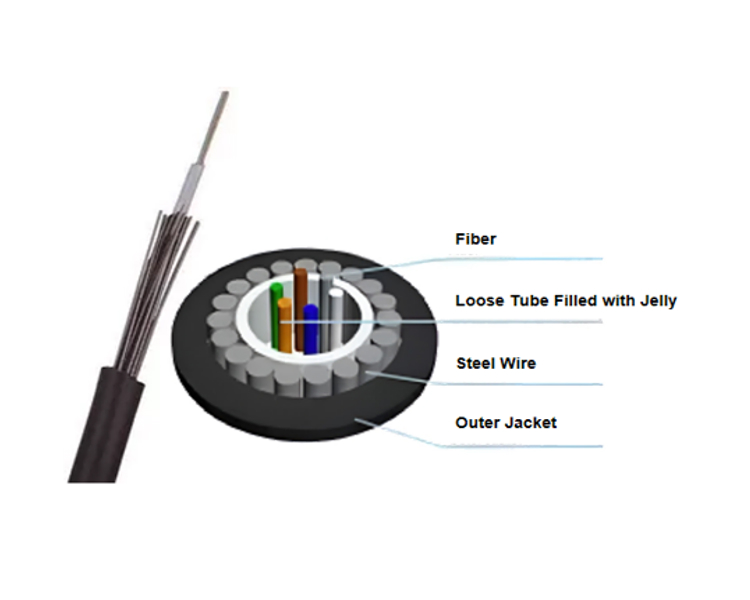Overview
In the digital age, the heartbeat of any successful business echoes through its data center network—a complex web of interconnections that fuels the engine of modern enterprise. The importance of a well-designed data center network cannot be overstated, as it serves as the lifeline for business operations, the cornerstone of scalability, and the ultimate arbiter of overall performance.
In this era of data-driven decision-making, rapid technological advancements, and a global marketplace that never sleeps, the network that underpins your business is the vital artery through which information flows. It is the conduit for critical applications, the pathway for data storage and retrieval, and the linchpin of security. It is the unseen force that can either propel a business to new heights or shackle it to inefficiency and risk.
This blog discusses what needs to be considered and countermeasures when designing a data center network, and what are the future trends of data centers?
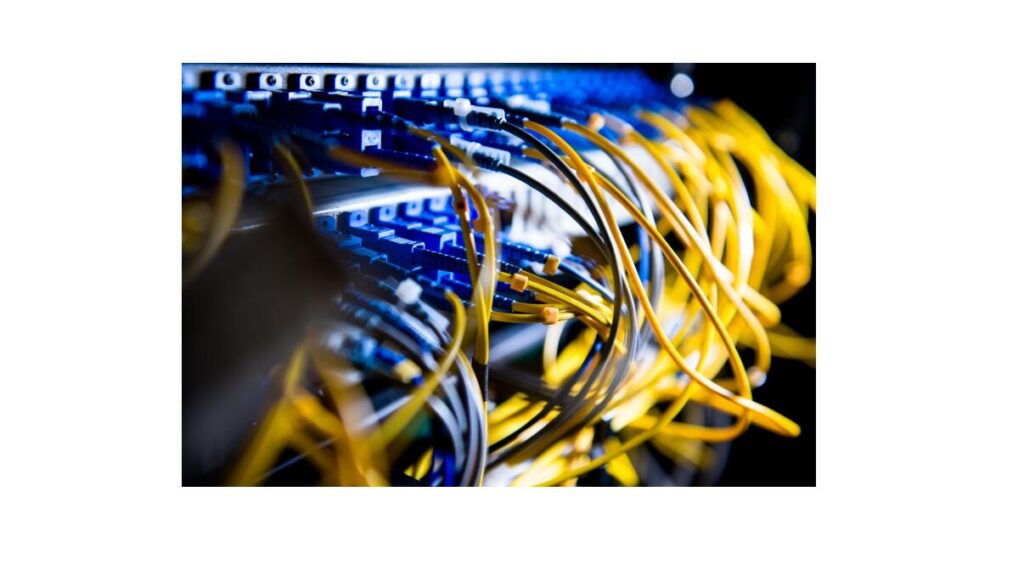
What Are the Essential Considerations When Designing a Data Center Network and Their Countermeasures?
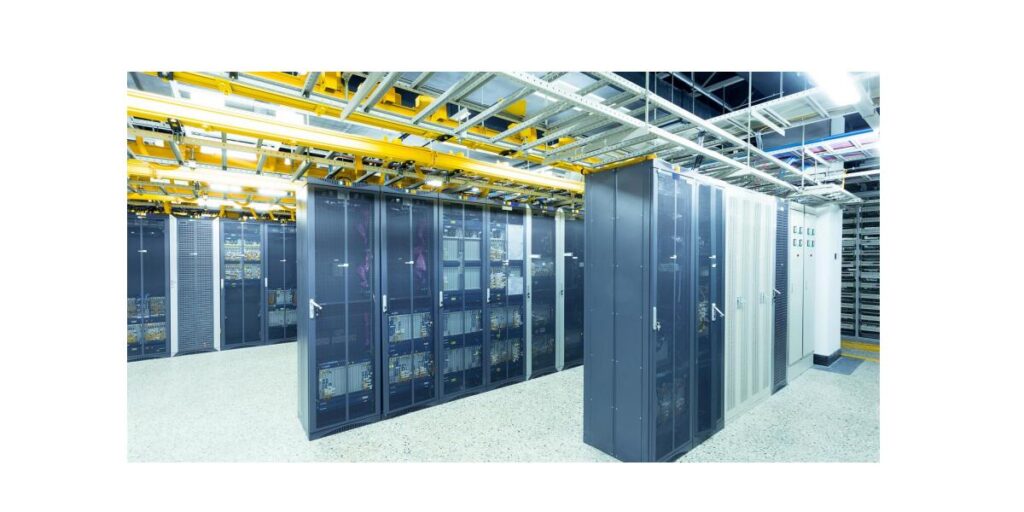
1. Scalability:
In the digital era, business growth is often synonymous with data growth. Your network design must be scalable, allowing for the seamless expansion of resources as your business requirements evolve. Scalability ensures that your data center network can accommodate additional servers, storage, and network components without major disruptions. Consider modular designs, such as leaf-spine architecture, to simplify scalability.
Modular Design: Implement a modular architecture that allows for easy expansion. For instance, use a leaf-spine topology where adding new leaf switches is simple, providing the scalability you need.
Future-Proofing: Plan for growth by provisioning additional capacity. Leave room for more cabling, power, and cooling infrastructure to accommodate future servers and networking equipment.
Traffic Analysis: Regularly monitor network traffic to identify potential bottlenecks and capacity constraints, ensuring proactive scaling.
2. Redundancy:
Redundancy is the backbone of high availability. Network components, such as switches, routers, and power supplies, should be duplicated to eliminate single points of failure. This is critical to ensure business operations continue even in the event of hardware failures or maintenance activities. Redundant paths for data transmission help maintain uninterrupted connectivity.
Redundant Paths: Create redundancy by establishing multiple paths for data traffic. Employ technologies like High Availability (HA) clustering and link aggregation (LACP) to ensure that a single point of failure does not disrupt operations.
Failover Testing: Regularly test failover mechanisms to ensure that they work as expected in case of a network component failure.
Geo-Redundancy: Consider geographically redundant data centers in different locations to safeguard against natural disasters or regional network outages.
3. Security:
Security is paramount in data center network design. Protecting sensitive business data from cyber threats is non-negotiable. Implement robust security measures such as firewalls, intrusion detection systems (IDS), and access controls. Employ encryption and authentication mechanisms to safeguard data in transit and at rest. Regularly update and patch network devices to address vulnerabilities.
Layered Security: Implement a multi-layered security approach. Combine perimeter security (firewalls) with internal security (IDS/IPS) and endpoint protection to create a comprehensive defense.
Access Controls: Enforce strict access controls and user authentication to limit unauthorized access to sensitive data and network components.
Regular Auditing: Periodically audit your network for vulnerabilities, and employ penetration testing to identify potential security weaknesses.
4. Bandwidth and Performance:
In the age of data-intensive applications, bandwidth and network performance are vital. Adequate bandwidth ensures that data can flow smoothly, and applications can perform optimally. Consider the specific needs of your applications and users when determining the required bandwidth. Select high-performance hardware, including switches, routers, and network interfaces, to prevent bottlenecks and ensure low-latency data transfer.
Network Monitoring: Use network monitoring tools to continuously assess network performance. This allows you to identify and address potential bottlenecks in real-time.
Quality of Service (QoS): Implement QoS policies to prioritize critical applications and ensure they receive adequate bandwidth, minimizing latency for real-time applications like VoIP.
Load Balancing: Deploy load balancers to evenly distribute network traffic across multiple servers, optimizing performance and reducing the risk of overloading specific resources.
5. Virtualization:
Network virtualization is a game-changer in optimizing resource utilization. It allows you to create virtual networks, servers, and services within your physical infrastructure. This technology enhances flexibility, simplifies network management, and reduces operational costs. Implement software-defined networking (SDN) and network function virtualization (NFV) to dynamically adapt to changing demands and applications.
Software-Defined Networking (SDN): Explore SDN solutions to create a programmable and flexible network that adapts to changing needs. SDN allows for centralized management and orchestration.
Network Function Virtualization (NFV): Implement NFV to virtualize network services like firewalls and routers, reducing hardware requirements and improving network agility.
Automation: Use automation tools to streamline network provisioning, management, and maintenance, reducing human errors and operational costs.
Incorporating these considerations into your data center network design will not only ensure a robust, high-performance infrastructure but also future-proof your network against the challenges and opportunities that lie ahead. With scalability, redundancy, security, bandwidth, and virtualization as the cornerstones of your design, your data center network will be well-prepared to support your business’s evolving needs in the digital age.
The Future Trends of a Data Center
The future of data centers is marked by several key trends and innovations driven by the growing demand for efficient, high-performance, and sustainable data infrastructure. Here are some of the prominent future trends in data centers:
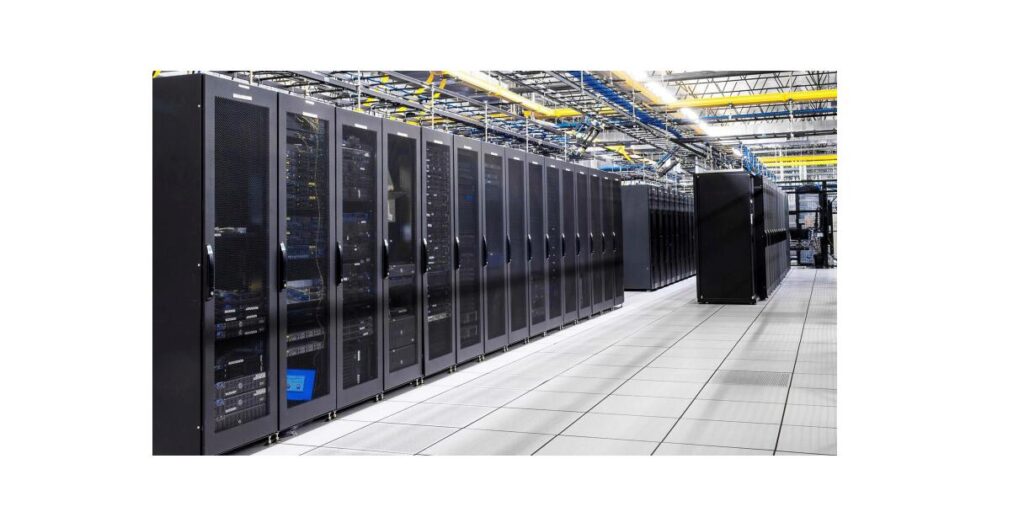
Edge Computing: Data centers are moving closer to the “edge” of networks to reduce latency and support real-time applications. Edge data centers process and store data locally, enhancing the performance of IoT devices and critical applications.
5G Integration: The rollout of 5G networks is accelerating, leading to increased data traffic. Data centers will play a pivotal role in handling the vast amount of data generated by 5G-connected devices and applications.
Hybrid and Multi-Cloud Environments: Organizations are adopting hybrid and multi-cloud strategies to optimize workload placement. Data centers will facilitate seamless integration between on-premises infrastructure and public and private clouds.
Green Data Centers: Sustainability is a driving force in data center design. Future data centers will prioritize energy efficiency and environmentally friendly practices, including the use of renewable energy sources and advanced cooling techniques.
AI and Machine Learning Integration: Data centers will increasingly leverage AI and machine learning to enhance operations. Predictive analytics and AI-driven management will optimize resource allocation and predict maintenance needs.
Conclusion
In the intricate world of data center network design, the path to success is marked by a series of crucial considerations. We’ve explored these considerations, from scalability and redundancy to security, bandwidth, and virtualization, and offered their countermeasures.
Now, it’s time to put this knowledge into action. As you embark on designing or revamping your data center network, remember that your network is the heartbeat of your business operations. A well-designed network isn’t just an accessory; it’s the cornerstone of your success. It empowers your operations, secures your data, and positions you for growth in a dynamic digital landscape.
However, if the labyrinthine world of data center network design still seems daunting, you don’t have to navigate it alone. Seek professional assistance from network architects and experts who are well-versed in the intricacies of network design. Their guidance can be invaluable in ensuring your network aligns perfectly with your business objectives.
For cutting-edge data center solutions and products, we invite you to explore the offerings available on our website, www.holightoptic.com. Our solutions are designed to meet the ever-evolving demands of data center networks, from high-speed connectivity to robust security. For inquiries and assistance, please feel free to reach out to us at sales@holightoptic.com.

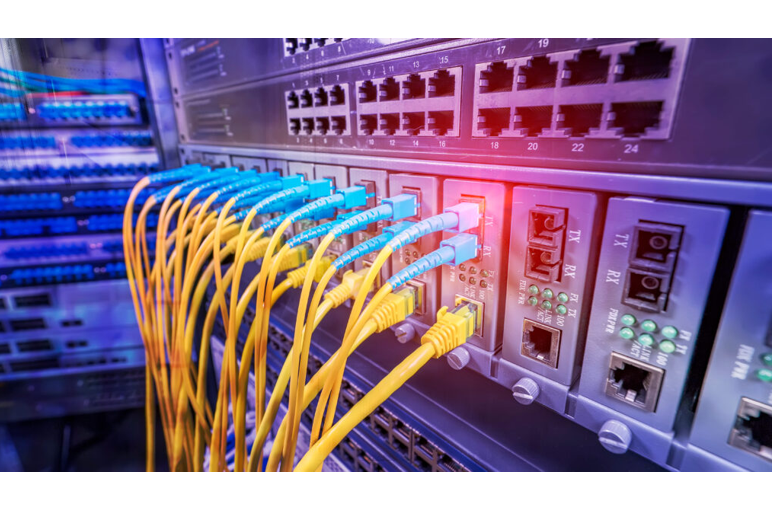

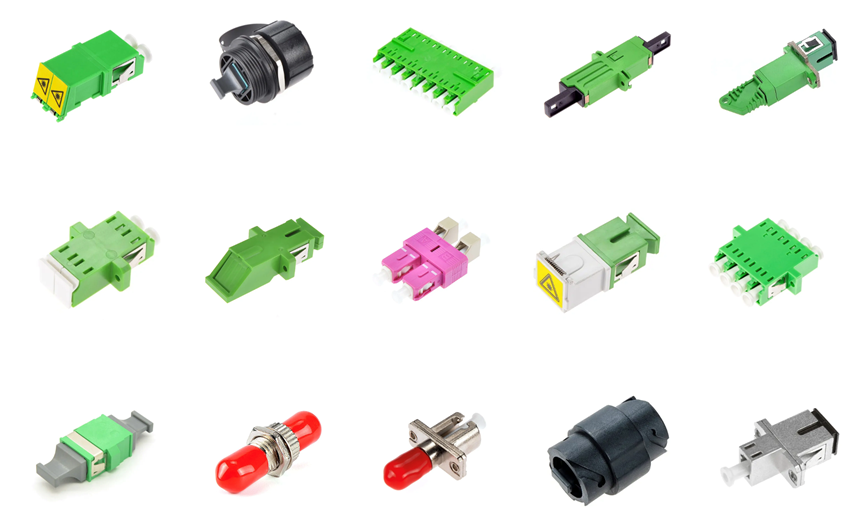
-1.png)

